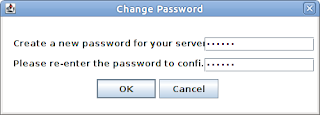Reduce the size of PDF file using ghost script
https://tex.stackexchange.com/questions/73444/can-pdflatex-or-any-tex-package-automatically-rescale-included-images-which-ha
gswin64c.exe -sDEVICE=pdfwrite -dMaxSubsetPct=100 -dPDFSETTINGS=/ebook -dAutoFilterColorImages=false -dColorImageFilter=/FlateEncode -sOutputFile=" Thesis.pdf" -dNOPAUSE -dBATCH "PHD_Thesis_madhu.pdf "
Ghostscript resamples to a given dpi based on dPDFSETTINGS:
prepress
= 300 dpi
printer
= 300 dpi
ebook
= 150 dpi
screen
= 72 dpi



